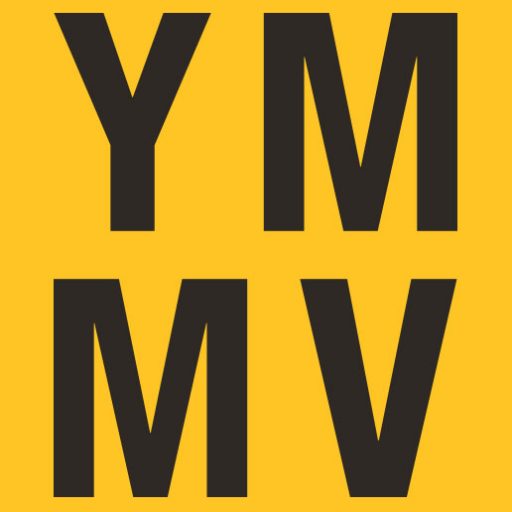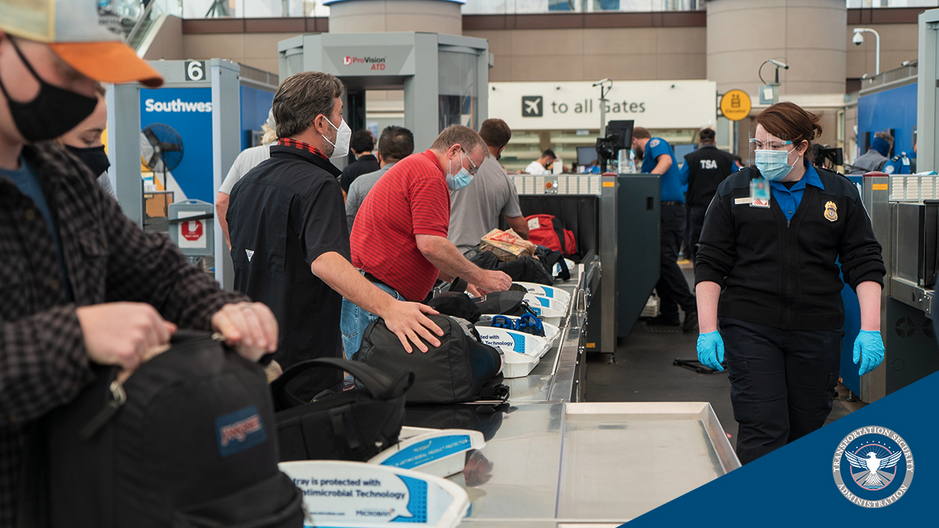The TSA was developed in the days after 9/11, to prevent another attack that was along the same lines of that tragedy. Some of the hoops we, as passengers, need to jump through admittedly seem more like security theater than anything else. But others, such as having to put us and our stuff through scanners, have, for example, stopped tens of thousands of people from flying with free access to firearms, knives, explosives, etc., while on the plane (not that every person flying with a gun, knife, etc. is going to do something bad with it on the plane. But obviously, as 9/11 has shown us, some would).
The TSA’s rules have changed over time. For example, in the earliest months of the agency, no sharp objects were allowed in carry on (I distinctly remember my travel scissors and nail clippers being confiscated before 2 separate flights), but that was eventually eased to allow certain items such as scissors with blades less than 4 inches in length. Starting in the summer of 2006, you had to take your shoes off because a passenger had attempted to detonate explosives hidden in his sneakers on an American Airlines flight from Paris to Miami. Following the transatlantic aircraft plot in August 2006, you couldn’t bring any liquids in your carry on (save for baby formula and prescription medications in the name of the ticket holder), but that was eased the following month to what is currently known in the U.S. as 3-1-1 (3.4 ounce containers in a 1 quart bag, 1 bag per passenger). And even THAT changed in the early 2020s; due to the COVID-19 pandemic, TSA announced that one liquid hand sanitizer container of up to 12 ounces per passenger was allowed in carry-on bags (that exception has since been repealed).
The advent of TSA PreCheck didn’t happen until over a decade after the TSA began, in December 2011. Applicants pay a non-refundable $78 fee to cover the cost of background checks. If approved, applicants receive their Known Traveler Number (KTN) in 3-5 days and are deemed safe “known travelers.” When they have TSA PreCheck, travelers can go on a separate, usually much shorter, “members only” queue where they don’t have to go through all the rigamarole that non-PreCheck people do (i.e., remove shoes, belts and light jackets, or take electronics and 3-1-1 bag out of their carry-on or personal bag).
There are more than 20 million TSA PreCheck members. For the full year of January through December 2023, well over 900 million people traveled through U.S. airports according to the Bureau of Transportation Statistics. Of course, some of those were from international flights that traveled into the U.S. and TSA PreCheck wouldn’t have been an option anyway. And true, some were PreCheck members who were frequent flyers. But even considering that, suffice it to say that many more flyers do NOT have PreCheck than those who do.
It would make sense that those who don’t fly often don’t necessarily pay much attention to every new rule the TSA introduces. Granted, some newer rules (i.e., since 2012 or so, leaving on your shoes and a light jacket during screening) are specific to passengers aged 75+. However, others are for all “regular queue” passengers, which may get overlooked by Chris Q. Public, who only flies once every year or two. Here are 2 rules that get overlooked or forgotten quite a bit – the links to each explain them:
Remove snacks and food from your carry-on/personal bag before X-ray
This one has been around since 2018. It’s incredibly confusing because TSA only “may or may not” ask you to remove your snacks and food. If passengers want to get through the TSA security line faster, it makes sense to remove the snacks before being asked or, at worst, have them in a place where they’re easily accessible.
Have no more than 12 ounces of unidentifiable powder in your carry-on/personal bag
This new rule follows the snacks/food rule, and it’s even more confusing because (A) it’s only for international flights entering the U.S. and (B) it’s based on whether or not the powder is identifiable.
Incidentally, I remember when this rule first came out, people were jokingly asking how much talcum powder one person would want to bring. LOL, But something like protein powder is included, so…
If you have TSA PreCheck, you normally don’t have to worry about the snack/food rule (although Joe and I flew one day when they asked everyone in the Pre-Check line to take their shoes off, so never say never). The TSA has never really clarified the powder rule.
Feature Photo: TSA/ Twitter
Want to comment on this post? Great! Read this first to help ensure it gets approved.
Want to sponsor a post, write something for Your Mileage May Vary or put ads on our site? Click here for more info.
Like this post? Please share it! We have plenty more just like it and would love it if you decided to hang around and sign up to get emailed notifications of when we post.
Whether you’ve read our articles before or this is the first time you’re stopping by, we’re really glad you’re here and hope you come back to visit again!
This post first appeared on Your Mileage May Vary
Join our mailing list to receive the latest news and updates from our team.

